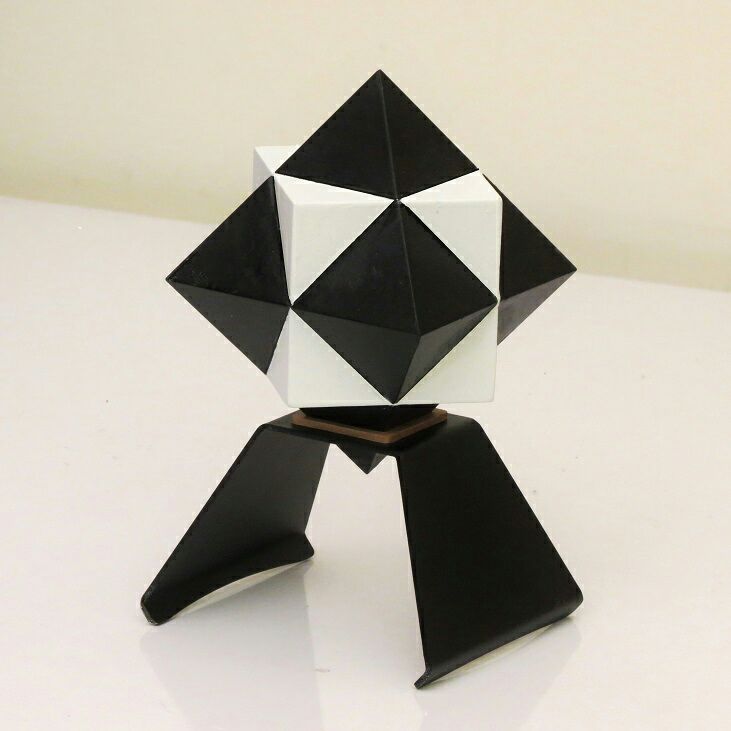Elegant measurements in Bell experiments prove efficient for quantum communication
11.02.2021
Quantum measurements, in their diverse shapes and forms, constitute the bridge between the abstract formulation of quantum theory and the concrete data produced in laboratories. Appropriate measurements can give rise to experimental statistics that cannot be explained through classical models. Hence, they are indispensable for harvesting and revealing quantum phenomena in the laboratory. Therefore, sophisticated manipulation of quantum measurements is at the heart of the most groundbreaking applications of quantum physics, such as quantum cryptography and quantum computation, as well as at the heart of the most well-known features of quantum theory.
Quantum theory features a variety of types of measurements, that implement different ways of extracting information from a physical system. In the broad landscape of quantum measurements, certain classes of measurements stand out from the crowd due to their relevance in foundations of quantum theory, their practical usefulness for applications in quantum technologies or their sheer mathematical elegance. In their new study, the researchers investigate two of these outstanding classes of measurements, which are broadly used and intensively studied in quantum physics: Mutually Unbiased Bases (MUBs) and Symmetric Informationally Complete projectors (SICs).
The scientists show that these classes of measurements can generate the strongest forms of quantum phenomena: Bell's nonlocality. Bell's nonlocality manifests itself when two separated observers, here called Alice and Bob, perform measurements on spatially separated quantum systems and observe between them stronger correlations than those accountable by classical physics. In their work, the researchers demonstrate that if Alice and Bob employ the proposed outstanding measurements, the observed correlation is the strongest allowed in quantum theory. This is of paramount importance for quantum technologies, where such quantum correlations play a key role.
The researchers also show that these maximal quantum correlations certify the considered measurements. That is, by only observing the quantum correlations one can conclude that these measurements must have been performed, even with no prior knowledge of the experiment.
Finally, all this is put to applications in two practically relevant tasks: quantum key distribution and quantum random number generation. Both these tasks are employed in secure communication. Quantum random number generation is the task of certifying that the data generated by a party cannot be predicted by a malicious eavesdropper. In quantum key distribution, Alice and Bob aim to establish a shared data set (a key) that is secure against a malicious eavesdropper, which can then be used to encrypt and decrypt their messages and hance communicate securely. In their theoretical study, the researchers harvest the Bell nonlocality to present proof-of-principle protocols for both these tasks: it is shown that high-rates of random numbers and secure key can be obtained under the most rigorous security framework. These results reveal the potential of high-dimensional quantum systems in applications based on Bell inequality tests.
Publication:
"Mutually unbiased bases and symmetric informationally complete measurements in Bell experiments: Bell inequalities, device-independent certification and applications.", Armin Tavakoli, Máté Farkas, Denis Rosset, Jean-Daniel Bancal, Jedrzej Kaniewski, Science Advances 7, eabc3847 (2020). DOI:10.1126/sciadv.abc3847

